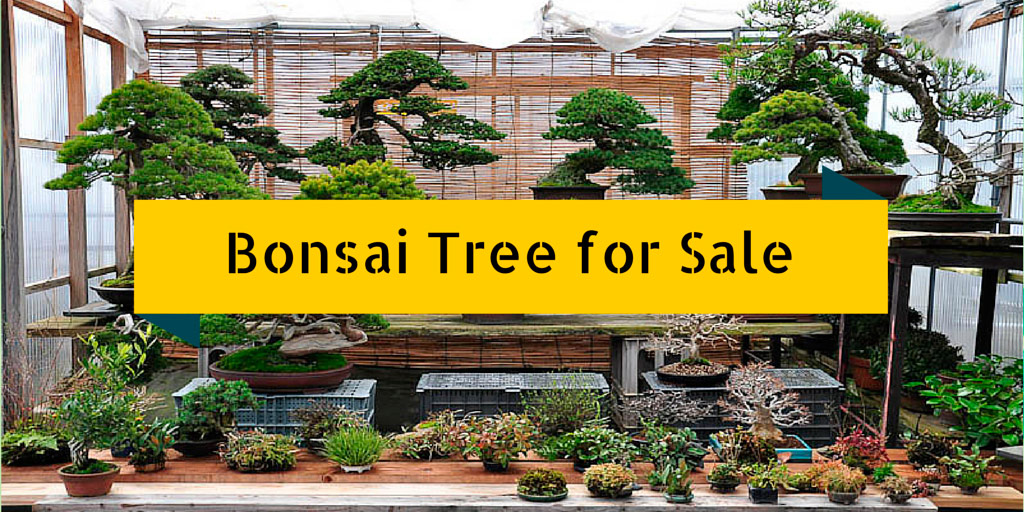When you know what to plant next to this or...
How to Find No.1 Bonsai Tree for Sale: Use These 35 Simple Tips
When it comes to perfect house planting, there is nothing like nursery plants-trees & field-oriented wholesalers. Indeed, who knows each representative better than professional explorers of gardening art? Today we buy house plants online, smart & cheap, being just proud of them.
Speaking of Bonsai trees for sale, they are no exception. Their specific origin saves explanations & the Asian roots tell their own tale, while growing them itself has got the real meaning.
In a word, let's take a look at the far-famous Japanese gardens through the fascinating art of mystical Bonsai trees! Our comprehensive survey will get you 100% inspired.
Once you buy a Bonsai tree – wonderfully unique & perfectly handcrafted – your own plant will speak volumes... But in order to let it be so you should study the question from all sides.

A 1000-year BONSAI Story: 8 Key Facts for Comers & Goers
1. The Japanese 'Bon-sai' term – that's typically misspelled as 'banzai' or 'bonzai' – originates from the Chinese empire & is literally translated as "something planted in the container". Actually this refers to the ancient PUN-TSAI art, which derived from the horticultural practice under the influence of Zen Buddhism more than 1000 years ago.
2. Only the elite society could afford such a privilege. The specimens were all native-collected & spread as luxurious gifts throughout China. Many centuries passed after Japan has adopted Bonsai art as the Chinese cultural trademark. However, only recently each of us has got an opportunity to buy Bonsai tree outside its homelands, either in the US or UK.
3. In China possibly everything is focused on replicas in miniature & their magical properties. The more reduced in size is the original's reproduction, the more potent it is likely to become. The same happened with the earliest containerized trees, which were believed to be sacred because of being peculiarly-shaped & twisted from the wilds! Some of their grotesque forms keep reminiscent of well-known yoga-type postures – the so-called cause of long life.
4. Growing a Bonsai has got an ultimate meaning: to create a realistic, though miniaturized representation of nature. In the wrong belief of the majority, this form of a tree has long been associated with a genetically dwarfed one, despite some species that may be successfully grown the similar way – with true branches, on a reduced scale. It's all about techniques, carefully restricting the trunk plant's healthy growth. Most Bonsai representatives are commonly kept under 4 feet/about 1 meter in height.
5. Different regional styles developed over the next centuries: from traditional themes in exclusive porcelain containers to varied landscapes in cheap Bonsai pots, simply displayed on the wooden/ceramic stands or shaped with bamboo frameworks/lead strops/brass wire.
Any self-respecting poet or writer should have at least 1 description of such a miniature landscape, while any self-respecting painter should have a dwarfed potted tree in his collection. Since the 16th century this art has been called PUN TSAI or just TRAY PLANTING.

6. It is also believed that the 1st tray landscape was brought as a religious souvenir to Japan from China at least 1200 years ago. These were Zen monks who developed amazing tray landscapes – a single tree in the pot representing the Universe.
7. Around 1800 a certain group of scholars renamed the dwarf trees as "bonsai". That was how the Japanese pronounced the Chinese PUN TSAI. Since then, Bonsai has been regarded as a matter of design & craft approach that replaces traditional religious or mythical approach particularly in the United States.
8. In 1923 30 families of professional growers set up the Japanese center of Bonsai culture – it's Omiya Bonsai village. The 1st official show of formal Bonsai displays took place in Tokyo at Metropolitan Museum of Art. The 1st Internet website dedicated to Bonsai art was started in 1992.
These days there are more than 1200 books about Bonsai & related arts published in 26 languages, as well as over 50 printed periodicals & 5 online magazines only in English. Besides, there also appeared loads of books, magazines & catalogs, tool & pot using manuals, classes for foreigners, Bonsai shows & field-specific hobbyists, blogs, discussion forums & interest clubs, etc. This is worldwide interest among multinational enthusiasts totaling over 10 million people.
So, this is high time you joined this army & composed a miniature version of your personal universe! Buy plants online! Today's Bonsai trees not only resemble the nature styles (e.g. Japanese maple bonsai for sale or wisteria bonsai for sale), but they are open to one's individual interpretation & creativity as well. Still their traditional styles will help you get armed to the teeth, when it comes to the basic understanding of these miniature trees.
“Honored to Be Brought into the House...” True Meaning of Bonsai Trees
#1 General – a tree-like style or shape (not necessarily natural, compared to that full-size & growing in the wild).
#2 Enough Featured Profile – not so much detailed as all those photographically-real trees, but easily suggested as the full-grown ones.
#3 Relative Smallness, compared to the same tree types growing outside, custom made for easy transportation & keeping nearby.
#4 Natural Sense, subtly accentuated but not spoiled by human intervention/interaction.
#5 Particular: Represents something more than itself, allowing the viewers to interpret this picture individually.
#6 Valued Every Day of Bonsai's containerized life, as the plant receives the most valuable care.
#7 Honored & Held in the Highest Regard to be brought into the house.
#8 Portable Oasis & Miniature Garden: It's up to you what kind of season, landscape, country, meditation, etc. will inspire the most: you may buy Japanese maple Bonsai for sale, Chinese elm Bonsai for sale or wisteria Bonsai for sale.
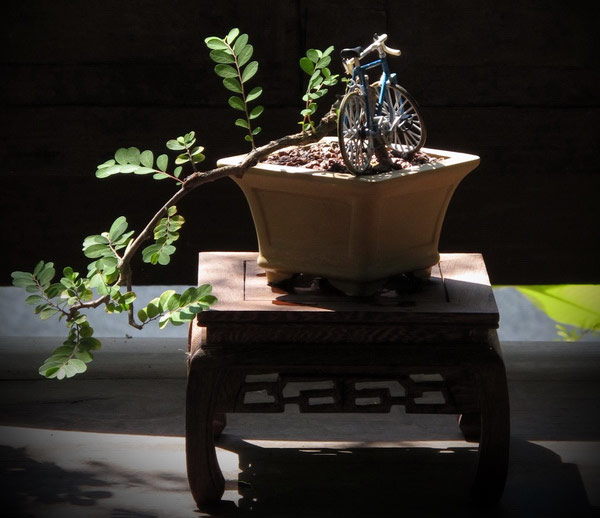
Going to Order Plants Online? Discover 15 Bonsai Styles to Choose from!
1. Hokidachi or Broom Bonsai Tree Style is stunning, mostly due to a ball-shaped crown & extensive branching in all directions. The straight, upright trunk doesn' t continue to the tree top, making about 1/3 height.
2. Chokkan or Formal Upright Bonsai Tree Style is rather common. It takes place in nature when the trees are too exposed to light & do not face the tree competition problem. Thus, tapering of upright-growing trunks should be visible: thicker at the bottom & thinner at the top. Branching must begin at about 1/4 total trunk length. There is a single top branch; the trunk must not span the whole tree height.
3. Moyogi or Informal Upright Bonsai Tree Style occurs both in nature & art. The S-shaped trunk grows roughly upright & presents branching at every turn. Tapering of upright-growing trunks should be visible: thicker at the bottom & thinner at the top.
4. Shakkan or Leaning/Slanting Bonsai Tree Style results either from *the wind that blows in 1 dominant direction or from **the tree growing in the shadow & thus, bending towards the sun/leaning in 1 direction. Bonsai leaning style typically grows at 60-80 degrees' angles relative to the ground. There are well-developed roots, though only on 1 side (but it keeps the tree standing). The 1st branch grows in opposite-to-the-tree direction to create some visual balance. You may buy Bonsai tree & have its trunk completely straight or slightly bent. However, tapering of the upright-growing trunk must be still visible.
5. Kengai or Cascade Bonsai Tree Style resembles a natural tree on a steep cliff, bending & growing downward because of falling rocks or heavy snow. For this obvious reason downward-growing Bonsai trees are usually planted into tall pots. First, the tree grows upright; second, it bends downward. Its crown grows above the pot's rim, while subsequent branches move left & right on the S-shaped trunk's outermost curves. This type of branching must grow out horizontally to maintain the entire tree balance.
6. Han Kengai or Semi-Cascade Bonsai Tree Style is also found in nature: on the river/lake banks or on the steep cliffs. Like Kengai or Cascade Bonsai Tree Style, this type of tree grows upright to bend downwards/sidewards. But a semi-cascade style trunk will unlikely grow below the pot's base. The crown sits above the pot's rim; subsequent branching spreads below the pot's rim.
7. Bunjingi or Literati Bonsai Tree Style 'grows' in areas with fierce tree competition. That means each tree survives when growing taller than others around it. As far as the sun hits the tree top only, the trunk turns crookedly upward & completely non-branching. The main idea is to show how trees struggle to survive the same way as in the animal & human world. Bunjingi or Literati Bonsai trees are usually placed in small round pots.
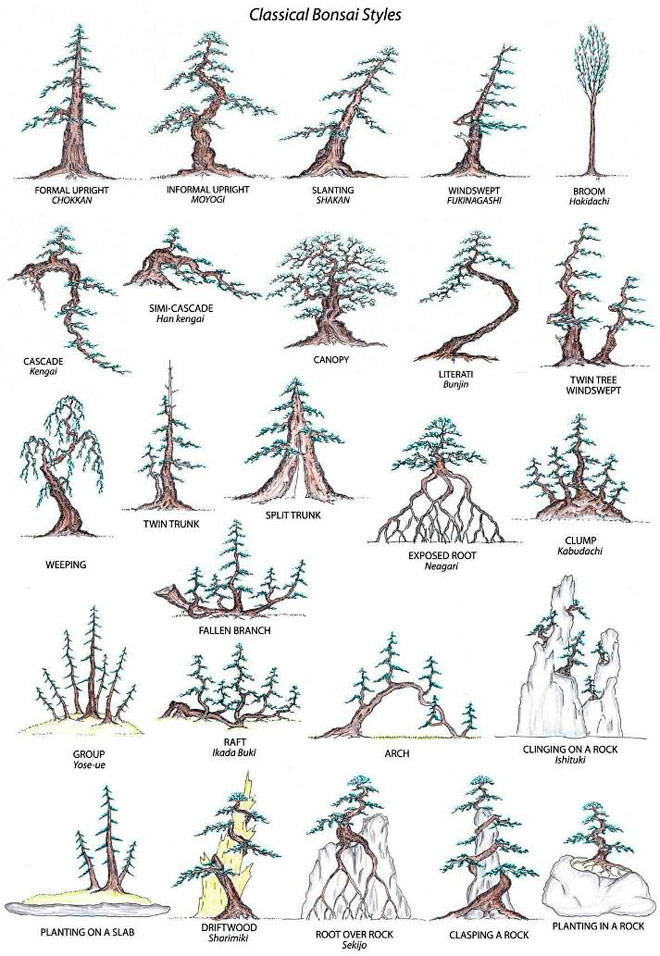
8. Fukinagashi or Windswept Bonsai Tree Style is another good example of how trees have to struggle for survival. Both the trunk and branches grow to 1 side, similarly to the wind blowing the trees in 1 direction. As for the branches, they grow out on the whole trunk but may be eventually bent to 1 side.
9. Sokan or Double Trunk Bonsai Tree Style is not common in Bonsai art, though being rather common in nature. Both trunks grow out of 1 root system; however, a smaller trunk may grow out of the larger one simply above the ground. These 2 trunks will obviously vary in thickness & length, contributing to a canopy/a single leaf crown. The thicker trunk is more developed & grows nearly upright; the smaller trunk grows out a little slanted.
10. Kabudachi or Multi-Trunk Bonsai Tree Style looks like the double or more trunk style. All the trunks appear from a single root system of 1 single tree, forming 1 crown of leaves. The thickest & most developed trunk will form the tree top.
11. Yose Ue or Forest/Group Planting Bonsai Tree Style resembles the multi-trunk style of trees. The difference is that there are several trees rather than 1 tree with several trunks. A large & shallow pot contains the most developed trees in the middle & smaller trees on the sides in some staggered pattern – to contribute to 1 single crown. As a result, you get a realistic & natural 'forest'.
12. Seki Joju or Rock Planting Bonsai Tree Style is custom made for rocky terrains. In this case, the trees are searching for nutrient soil with the help of their unprotected roots. Thus, the latter stay unprotected while reaching the ground. Consequently, some special bark should normally grow around them. Caring for Bonsai roots differs not so much from such of any other style. But get ready to grow your own pot plant over a rock.
13. Ishisuki or Rock-Growing Bonsai Tree Style suggests the tree roots growing in rock holes & cracks, as far as there isn't much space for them to develop & absorb nutrients from. Such plants have to struggle & survive. That means your task will be to fertilize, water & take care of your own Bonsai properly. Some rock-growing Bonsai trees grow in shallow pots, filled with gravel or even water.
14. Ikadabuki or Raft Bonsai Tree Style also provides a cracked tree, which needs pointing the branches upwards. While the old root system supplies the branches with nutrients, new roots start growing & old branches develop into multiple branching trunks, resulting into 1 single canopy.
15. Sharimiki or Deadwood Bonsai Tree Style is rather specific. The thing is that some trees may develop bald, barkless parts on the trunks because of severe weather conditions. More so, intense sunlight bleaches these places & makes them have characteristic spots. With such a Bonsai tree, you'll need removing the bark & then treat the trunk, in order to speed up the process of bleaching.
Your Own Bonsai Tree for Sale: The Fundamentals
Still think there is nothing like buying plants from the nearest Bonsai shops? Beaten by buying plants online from the most reputable Bonsai store!
Bonsai trees are too special to be bought at random. So, where to buy bonsai trees? Trust the pros.
You've already known that these are not 'dwarfed' plants – they are normal, propagated like many others. However, they should be trained with the help of sophisticated techniques, from keeping in miniature size to peculiar styling, regular pruning, proper wiring, creation of deadwood.
This is what actually happens with every nursery plant or tree, including Bonsai. Before you order plants online or possibly buy plants online, get to know the essentials:
- Thorough styling, specific training & regular maintenance: to create & maintain a miniature size & needed shape. Pruning & wiring are the most important, because perfect branches when shaping each tree do matter. What's a basic shape? What should be your front? Would you like to make any radical changes & improve the overall design? Only professionals know the answers to these & many other FAQs. Once your future tree has been styled, this is time for being regularly pruned – to develop its branch structure & keep its shape. Maybe, you'll never know how the caring hands of professional gardeners are wrapping aluminum/copper-wire around Bonsai branches to set a perfect shape & angle of branches.
- Defoliation, planting rock formations & creating deadwood as other techniques are not so hard as it's commonly thought. Plants for sale online & offline, both, need utmost care! Thus, Bonsai trees must be planted & cared by the book, in due form, according to time-immemorial guidelines of growing basic species. All is done for you! Just buy Bonsai you like most & then water, fertilize or repot your favorite tree. Different species means different care & maintenance guidelines.
- Have you already got into Bonsai size classification once you've decided to order plants online? The ultimate goal of these trees is depiction of realistic nature created in the pot. It's a matter of common knowledge that smaller Bonsai trees look abstract & hardly resemble nature. The exact size helps to really understand both aesthetic & botanical aspects of Bonsai. The following classification has been originally based on the actual number of people lifting a certain type of such trees:
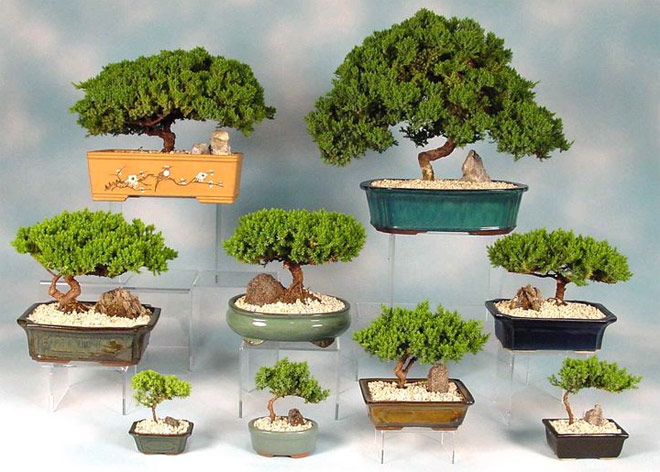
Bonsai Keshitsubo: 1-3 inches or 3-8 cm
Bonsai Shito: 2-4 inches or 5-10 cm
Bonsai Mame: 2-6 inches or 5-15 cm
Bonsai Shohin: 5-8 inches or 13-20 cm
Bonsai Komono: 6-10 inches or 15-25 cm
Bonsai Katade-mochi: 10-18 inches or 25-46 cm
Bonsai Chumono/Chiu: 16-36 inches or 41-91 cm
Bonsai Omono/Dai: 30-48 inches or 76-122 cm
Bonsai Hachi-uye: 40-60 inches or 102-152 cm
Bonsai Imperial: 60-80 inches or 152-203 cm
Buy Plants Online & Enjoy Obvious Advantages!
*Welcome to the world of Bonsai shops & nursery tree wholesalers! Here you will discover your Bonsai store No.1, where the best bonsai tree for sale is willingly waiting for you at the most reasonable price available.
*Only professional staff is growing & maintaining pre bonsai trees for sale, which ensures the fact you will receive the perfect sample from the US or UK. Rest assured, because you're in good hands, as well as your pot of exotic art that has been standing the test of time.
*The grace & flowing movement of traditional Bonsai trees for sale online come both aesthetically pleasing & feng shui meaningful. Discover this ancient form of miniature tree art & your beautiful Bonsai will definitely bring true harmony.
*No matter, whether you are going to train young-aged cheap Bonsai trees yourself or purchase a truly Bonsai masterpiece of a certain age, online wholesalers will offer it all & hold nothing back. There are Bonsai trees both for Bonsai masters and youthful beginners alike. Everyone deserves to try & enjoy this art, regardless of the experience level.
*All Bonsai trees now come as a basic set of useful instructions for proper care. Each of them will help you succeed while maintaining indoor bonsai trees for sale.
*Free delivery works wonders. Just think of buying plants online from the comfort of your home! You just choose where to buy Bonsai of your dream.
*Continuously updating Bonsai blogs are led by experts, who are proud to share their test-and-tried tips & tricks all the way from A to Z in the Bonsai realm.
README: A true artisan knows & feels what's needed. The very moment you look at a peculiar Bonsai tree & it raises a smile, take it. This is yours.
Bonsai Pots & Other Accessories for Sale: Needn't to Worry!
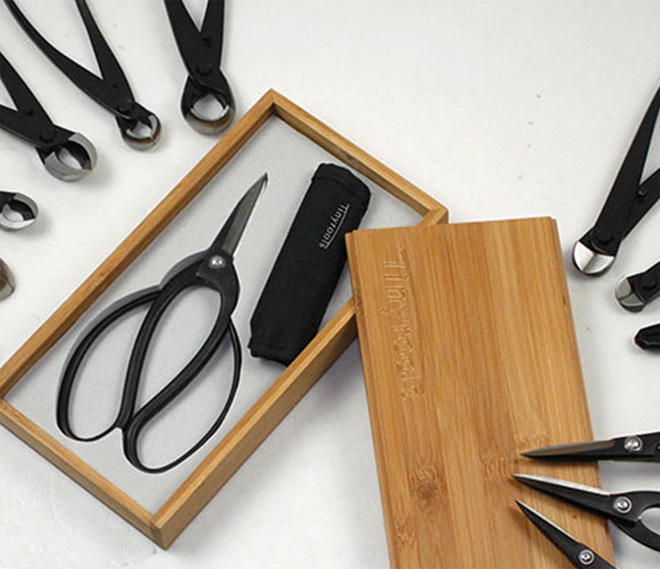
Looking for Bonsai pots for sale? No problem! In fact, they present an interest themselves, being traditionally made firstly in China & later in Japan.
You'll deal with shallow containers made of fired earthenware & crafted by professional/amateur artisans from all over the world. Looking for 100% match of your attractive pot to your designed tree is a wonderful challenge! However, the right pot or container must support Bonsai tree well, first of all.
Keep in mind that Japanese Bonsai pots for sale have got Earth tones & calm decorations. Chinese models work in contrast. Speaking of cascading trees, they need tall & narrow containers, for adequate rootage space & tree center gravity balance. Bonsai pots have a lot to do with dwarfing process.
Otherwise, sky is the limit. Bonsai trees are just trees with their normal seasonal phases: flowering, fruiting, shedding leaves. Long live plants for sale online!
Where to Buy Bonsai Trees & Thus, the Art of BONSAI?
In the right place, at the right time! That said, do it from the trusted Bonsai nursery tree wholesaler that certainly has the widest variety of house plants for sale. Moreover, they should offer much more than simply selling indoor bonsai trees for sale & bonsai pots for sale. Pros will want educating you on Bonsai art & help you enrich your world by all means.
The Chinese were raising the ancient wild trees in containers, the Japanese adapted & perfected this art form 500 years ago. The Western world & the Unites States will surely become horticultural “gurus”, embracing & practicing it as given.
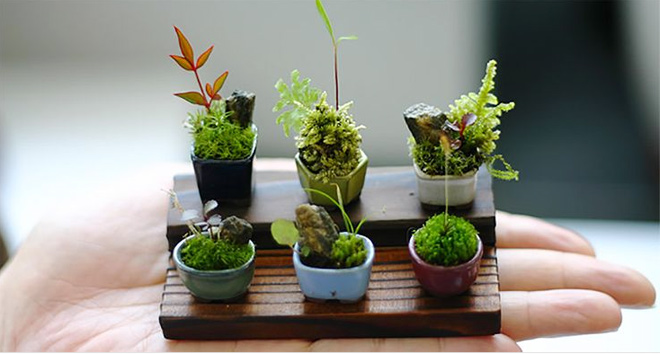
BONSAI is not just “a tree in a pot” anymore: this is the ambition to create a tree, a shrub, a vine, or … your own UNIVERSE – flowering or rock-landscape one, outdoor or indoor, single or multi-plant, smaller or larger, textured or interplaying, twisting live wood & deadwood, leaves or needles, fruit, cones or flowers. Where to buy Bonsai trees is no longer a No.1 question: order & buy plants online.
Enjoy by yourself & share with others! Sincerely yours, Bonsai Trees for Sale :)




